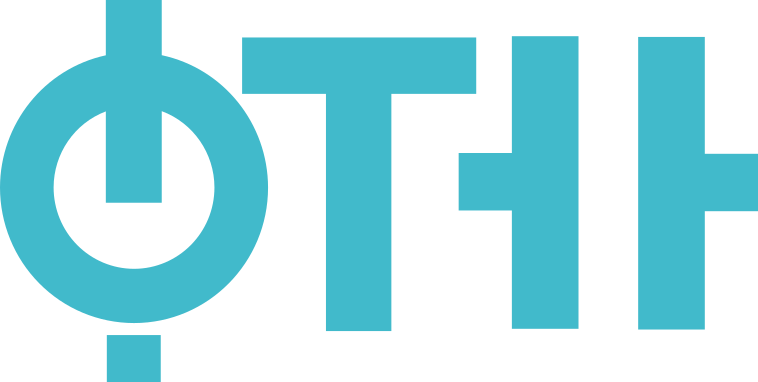Subject: Electroacoustics (17.EK312 )
Native organizations units: Department of Power, Electronic and Telecommunication Engineering
| Category | Scientific-professional |
| Scientific or art field | Telecommunications and Signal Processing |
| ECTS | 6 |
The aim is to prepare electrical engineering students for important applications of electroacoustics in the field of medicine, art, architecture, traffic, mechanical engineering, noise protection... To describe the nature of sound and present the basic theory of sound production and propagation of sound waves. To explain what and how people can hear and how they perceive different sound pressure levels (dB) and the frequency content of sound (Hz), how they perceive the direction where the sound source is located, and how noise affects people. To explain how both the transmission and perception of sound are influenced by enclosed spaces, how their acoustic processing is done and how to evaluate the acoustic ambience of professional studies, concert halls, conference halls... To introduce the characteristics of audio signals (speech, music and noise), formats of audio recording and playback, as well as basic tools for sound analysis and processing.
Electrical engineers are qualified to deal with electro-acoustics because they know how to model and analyse complex acoustic-mechanical systems by means of simple equivalent electrical circuits. Apart from the elements of physical and physiological acoustics (what and how we hear), they understand the differences in the behavior of sound both indoors and outdoors and are able to evaluate the acoustic ambience in terms of speech intelligibility, quality of listening to music, and noise levels. They become familiar with the basic software tools for sound processing and learn to calculate and measure the sound level as well as the room acoustic parameters.
(1) Physical properties of sound: sound velocity, frequency and wavelength, sound spectrum. (2) Effects related to sound propagation: reflection and absorption, diffusion, sound refraction, standing waves, Doppler effect. (3) Acoustic wave equation. Analysis of acoustical-mechanical systems using equivalent electrical circuits. Sound sources, acoustic power, radiation impedance and source directivity, sound intensity and level. (4) Perception of sound: threshold of hearing and threshold of pain, sound pressure level (dB, phons and sones), equal-loudness contours. Perception of sound intensity, pitch and timbre. Anatomy and physiology of the sense of hearing. Binaural localization of the source and masking effect. Tonal and speech audiometry. (5) Audio signals: sources and characteristics of speech, music and noise. Digitalization of audio signals, formats and audio media. Software tools for analysis and processing of audio signals. (6) Room acoustics: direct and reverberant sound, absorption and reverberation. Acoustic room design. Acoustics of sound direction rooms, studios, conference rooms, concert halls and opera houses, theatres as well as churches.
Lectures are performed with PowerPoint presentations accompanied by numerous audio and video attachments and animations. They are followed by auditory exercises and practical exercises in the Laboratory of Acoustics and Speech Technologies at FTS. A visit to Radio Novi Sad is arranged, where students see acoustically processed studios with audio-equipment, the anechoic rooms and the audio-theatre complexes. Electroacoustics companies enable students internship. The exam prerequisites are a seminar work and 3 of 4 tests - the condition for entering the exam is 25 of 50 points. Seminar works are done individually, while the best from some topics are presented and bring additional points. The first part of the exam can be passed through the colloquium in the middle of the semester. Independent student work is supported through the web portal of the Chair of Communications and Signal Processing - www.telekom.ftn.uns.ac.rs.
| Authors | Title | Year | Publisher | Language |
|---|
| Course activity | Pre-examination | Obligations | Number of points |
|---|---|---|---|
| Test | Yes | Yes | 10.00 |
| Term paper | Yes | Yes | 20.00 |
| Test | Yes | Yes | 10.00 |
| Test | Yes | Yes | 10.00 |
| Written part of the exam - tasks and theory | No | Yes | 50.00 |
| Presentation | Yes | No | 10.00 |
| Test | Yes | No | 10.00 |
| Coloquium exam | No | No | 20.00 |
Prof. Vlado Delić
Full Professor
Lectures
Asst. Prof. Siniša Suzić
Assistant Professor
Practical classes
Asst. Prof. Siniša Suzić
Assistant Professor
Laboratory classes
Faculty of Technical Sciences

© 2024. Faculty of Technical Sciences.
Contact:
Address: Trg Dositeja Obradovića 6, 21102 Novi Sad
© 2024. Faculty of Technical Sciences.



